How to treat Parkinson disease and what are the medication helps to prevent ?
What is Parkinson disease ?
Parkinson disease is a progressive disorder of the control nervous system the disorder affects several regions of the brain including an area called the substantia Nigra That controls the balance and moment.
Parkinson disease is a chronic condition that affects one’s ability to move.
Parkinson disease may also affect regions of the brain that regulate involuntary functions such as blood pressure and heart activity.
In Parkinson disease the first symptom that often occurs in trembling or shaking of limb especially when the body is at rest.
Many Parkinson disease Symptoms occur when nerul cells in the substantia nigra die.
Normally this cell produces a cell messenger called dopamine that transmits the signals within the brain to produce a chemical messenger.
Document transmit signal within the brain to produce both physical movements.
When the dopamine produces neurons that die or become impared, communication between the brain and muscle weakens and eventually the brain is unable to control muscle movements.
Parkinson disease that begins after the age 50 years is called late-onset and if it begins before age 50 years is called early onset.
How common is Parkinson disease?
Parkinson disease affects more than 1 million people in North America and more than 4 million people all over the world.
Parkinson disease occurs in approximately 13 per 1,00,000 people.
The History of Parkinson disease ?
Parkinson disease is a condition that has been known about since ancient times. it is referred to in the ancient Indian Medical System of Ayurveda.
What are the Symptoms and sign of Parkinson disease ?
The symptoms of Parkinson disease develop because cells in the portion of the brain called the Basal ganglia die.
A sign of a disease is that which is ambient to a physician during a physical examination where as a symptom of a disease is a subjective experience described by the patient there are four condition signs of Parkinson’s disease:
1. Rest tremor: tremor usually reflects a rhythmic or involuntary shaking of a part of the body.
2. Rigidity : rigidity reflects stiffness that occurs in arms or legs. soreness in an arm or leg is found in people with Parkinson’s disease that is usually attributed to muscle strain.
3. Bradykinesia : So bradykinesia means slowness of movement.In this there is slowness in performing routine activities such as dressing, eating and walking. there is a decline in the amplitude of the repeated moments of a person.
There are many more signs and symptoms of Parkinson disease such as:
-
Drooling
-
Depression
-
Sexual dysfunction
-
Dysarthric speech
-
Constipation
-
Vision problem
What are the causes of Parkinson disease?
-
One of the possible causes of Parkinson disease are fall radicals. Free radicals are the substances that occur in the body that cause damage to the cell it allowed to accumulate to high levels.
-
Another hypothesis is centred on the potential role of environmental toxins in initiating the death of cells in the substantia nigra.
-
Genetic factors play a role in changing the sequence of DNA they produce specific proteins that is the potential cause of the initiation of all death.
What are the Treatment of Parkinson disease ?
Medical treatment:
1. Anticholinergic drugs (ACDS): despite the widespread use of dopaminergic drugs and the steady development of newer antiparkinsonian agents, anticholinergic drugs Steel hold a place in treatment of parkinsonian symptoms.They are useful in in resting tremor and rigidity.
2. Amantadine: amantadine was first introduced as an antiviral agent for the treatment of Influenza.It was recognised as a potential treatment for Parkinson disease in 1968. Several studies examine the effects of amantadine in combination with levodopa therapy. levodopa therapy provides a significant improvement in Parkinson disease symptoms of about 80%.
3.Levodopa: levodopa is generally 3,4 dihydroxy-l0phemylalam ine.it is a direct biochemical procedure to dopamine. It is the single most effective drug for symptoms of Parkinson disease. It is the only drug that improves life span in progressive disease.
What are the Levodopa side effects ?
Most common levodopa induced Side Effects are nausea symptomatic orthostatic hypertension,dyskinesias.
4. Dopamine agonists :
dopamine receptors Are originally characterized by ligandSpecificity and coupling to adenylate cyclase(D1 & D2).
There are different individual Dopamine agonists listed below:
- 1. Bromocriptine (BCP): BCP is a tetracyclic ergoline Compound derived from plant alkaloids.It was the first marketed clinical treatment for Parkinson disease.
- 2. Pregolide : It is an ergoline compound That was found in 1989. it is an agonist at the D1 the receptor. It predominantly activates D2 receptors.
- 3. Cabergoline: It is synthetic ergot derived dopamine with high affinity for D2 receptors. it has mild affinity for serotonergic Adrenergic Receptors.
What are the Surgical treatment of Parkinson disease ?
2. Improvement in stereotactic neurosurgical Technology.
Surgical treatment generally em to improve motor symptoms. The surgery was subdivided and includes three groups.
- 1. Ablation/lesioning
- 2. High frequency electrical stimulation or deep brain stimulation.
- 3. Transplantation/ neurodegenerative.
There are many more treatments for Parkinson disease such as:
- 1. Neuro transportation
- 2. Physical therapy
- 3.Restorative and psychosocial occupational therapy
4.Music therapy
What are the Home remedies for Parkinson disease ?
There is accumulating evidence suggesting that exercise can significantly improve various symptoms of Parkinson’s disease working with allied health personnel such as occupational therapists, physical therapists and speech therapists can also help improve day-to-day function.
There have been a variety of claims suggesting that nutritional supplements can help slow the progression of Parkinson’s disease or help improve symptoms unfortunately to this date none of these claims have been substantiated.
1. Exercise
Exercise has shown to be helpful for maintenance of general health for normal individuals in the population for the general population as well as those with Parkinson’s disease.
- Exercise improves cognitive function mood sleep fatigue and reduces constipation it has also been shown to improve variety of different features of Parkinson’s disease specifically including gait, strength, balance and speed of movement.
- There have recently been several clinical trials studying. the effect of exercise on symptoms of Parkinson’s disease cardiovascular training focusing on treadmill exercise produces significant and sustained benefit in gait.
- A recent study of forced exercise has been shown to improve features of Parkinson’s disease perhaps even more than exercise done at a comfortable rate chosen by the patient.
- in this study patients with Parkinson’s disease wrote a tandem bike behind a professional cyclist forcing a constant rapid speed increased cortical activation was shown in functional MRI studies of these patients. suggesting that exercise may alter motor control.
- Taichi is a popular exercise in many Parkinson’s disease support groups in fact Taichi has been shown to significantly improve balance in Parkinson’s disease in animal models of Parkinson’s disease. exercise causes relief of growth factors in the brain also known as neurotrophic factors. these may prevent the loss of dopamine producing cells.
2. Diet
- patients with Parkinson’s disease should maintain a well-balanced diet focusing on consumption of fruits and vegetables a substantial intake of fiber and water is helpful in reducing constipation which nearly all patients experience.
- protein rich foods can interfere with the absorption of levodopa if taken around the same time as a result we generally recommend that patients who take their levodopa at least one hour away from meals.
- in patients who have advanced Parkinson’s disease with severe motor fluctuations occasionally a protein redistribution diet is recommended in which most of the daily protein is consumed with the evening meal only.
- on the other hand some patients have nausea or vomiting due to levodopa taking levodopa with food then reduces the peak drug concentration in the blood. which can reduce nausea and vomiting induced by levodopa.
3. Physical therapy
- physical therapists work with patients with Parkinson’s disease in order to improve range of motion, exercise tolerance or endurance an overall motor function.
- it is especially helpful to improve axial or midline motor function such as difficulties with gait or rising from a chair poor, posture and reduction in balance.
- in addition to working with a physical therapist patients must follow an ongoing home exercise program in order to maintain maximal benefit.
4. Occupational therapy
- occupational therapists work with patients to maintain quality of life by suggesting adaptive devices or other methods to overcome physical limitations.
- most of the adaptive devices focus on tools which may help compensate for reduced dexterity such as specialized utensils for example when eating.
- home safety evaluations can also be helpful in reducing environmental dangers such as reduction of falls by removing obstacles and walkways in the home, adding railings and adding assistive bars in the bath.
5. Speech therapy
- speech therapy using the least Silverman voice technique or LSVT has been shown to improve hypo fania or low speech volume.
- in patients with Parkinson’s disease in the past few years this LSVT program has been combined with physical therapy program called the big program.
- in order to combine loud speech with large scale or explosive gestures and movements. this combination can be quite helpful with increased carry through to day-to-day living.
- expiratory muscle strength training or EMST involves patient’s breathing against resistance in order to strengthen swallowing muscles this reduces trouble with eating and drinking.
6. Nutritional supplements
There are a wide variety of nutritional supplements which are marketed to patients with parkinson’s disease. unfortunately the production of nutritional supplements is not regulated by the FDA. side effects may occur and drug interactions are not uncommon.
Many supplements have been studied in a careful and scientific manner to determine if they are effective until.
- Recently coenzyme Q, vitamin E and vitamin C were thought to potentially be helpful but unfortunately studies have shown them to be ineffective.
- Vitamin C and vitamin E are both antioxidants and it has been thought that oxidative stress promotes dopamine cell death.
- There are currently ongoing studies of both creatine and in the scene to determine whether or not these supplements might slow Parkinson’s disease progression.
- Creatine is a bioenergetic compound which increases energy production in cells. it is thought that by boosting energy production of dopamine cells they may live longer.
- High levels of uric acid have been associated with slower progression of Parkinson’s disease. it’s thought that taking the supplement inosine which is a precursor of uric acid may cause uric acid levels to be increased and as a result slowed Parkinson’s disease.
- Neither creatine nor inosine and proven to be helpful and both may have potential adverse effects. we are hopeful that one of these supplements may be shown to be effective. we recommend that you speak with your doctor before starting any supplements.
Lifestyle decisions can impact your symptoms of Parkinson’s disease for example as we’ve discussed. exercise has been shown to improve symptoms of Parkinson’s disease and this is one thing that you can do to be proactive to help you manage your own symptoms.

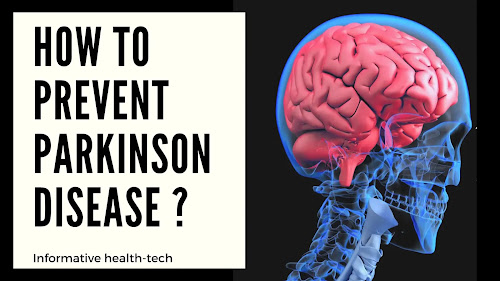
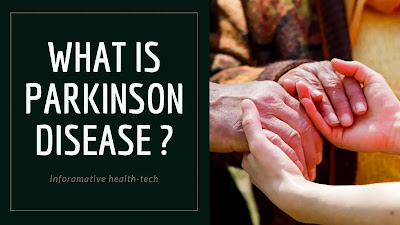

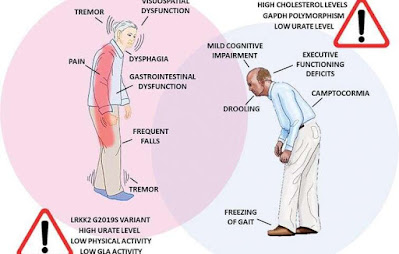

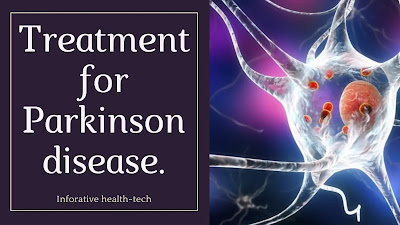
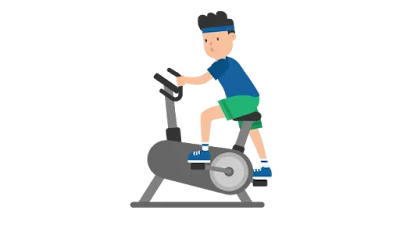




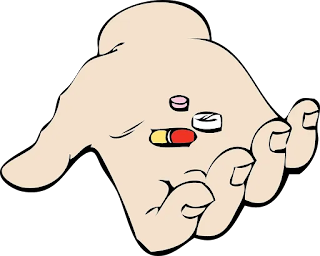
Leave a Reply